Top Cybersecurity Threats in 2025 and How to Mitigate Them
As we navigate through 2025, the cybersecurity landscape continues to evolve, presenting new challenges and threats. Here are the top cybersecurity threats of 2025 and strategies to mitigate them:
1. AI-Powered Cybercrime
AI is a double-edged sword. While it enhances security measures, it also empowers cyber criminals to launch sophisticated attacks. AI-driven malware and automated phishing campaigns are on the rise. This is a significant problem for AI providers such as Microsoft, Google and OpenAI. Microsoft and OpenAI both announced that they had shutdown numerous accounts linked to threat actors.
Mitigation: Implement AI-based security solutions to detect and respond to threats in real-time. Regularly update AI models to recognize new attack patterns.
2. Ransomware Attacks
Ransomware remains a significant threat, with attackers targeting critical infrastructure and demanding hefty ransoms. Ransomware attackers are also increasingly shifting their focus to the SMB market. historically speaking this market has been under-prepared for cyber attacks compared to large enterprise. Although the ransom amounts are smaller compared to enterprise they are focusing on bulk attacks.
Mitigation: Regularly back up data and implement robust disaster recovery plans. Educate employees on recognizing phishing attempts and ensure all software is up-to-date.
3. Supply Chain Attacks
Cyber criminals are increasingly targeting supply chains to exploit vulnerabilities in third-party vendors. The general idea here is that attackers are utilizing companies that you trust to compromise your network.
Mitigation: Conduct thorough security assessments of all third-party vendors. Implement strict access controls and continuously monitor supply chain activities.
4. Social Engineering
Social engineering attacks, such as phishing and pretexting, exploit human psychology to gain unauthorized access to systems. Social engineering is all about hacking the human to get access to the IT. Something as simple as a phone call claiming to be Microsoft can cause huge irreparable damage to your business.
Mitigation: Conduct regular security awareness training for employees. Implement multi-factor authentication (MFA) to add an extra layer of security.
5. Quantum Computing Threats
As quantum computing advances, it poses a potential threat to current encryption standards.
Mitigation: Stay informed about developments in quantum-resistant encryption. Begin transitioning to quantum-safe cryptographic algorithms.
6. IoT Vulnerabilities
The proliferation of Internet of Things (IoT) devices introduces new vulnerabilities, as many devices lack robust security features.
Mitigation: Ensure all IoT devices are securely configured and regularly updated. Segment IoT devices on separate networks to limit potential damage from breaches.
To stay ahead of these threats, it's crucial to adopt a proactive approach to cybersecurity. Regularly update your security protocols, conduct thorough risk assessments, and invest in advanced security technologies. For more detailed guidance and to get started on enhancing your cybersecurity posture, contact Intravara today.
